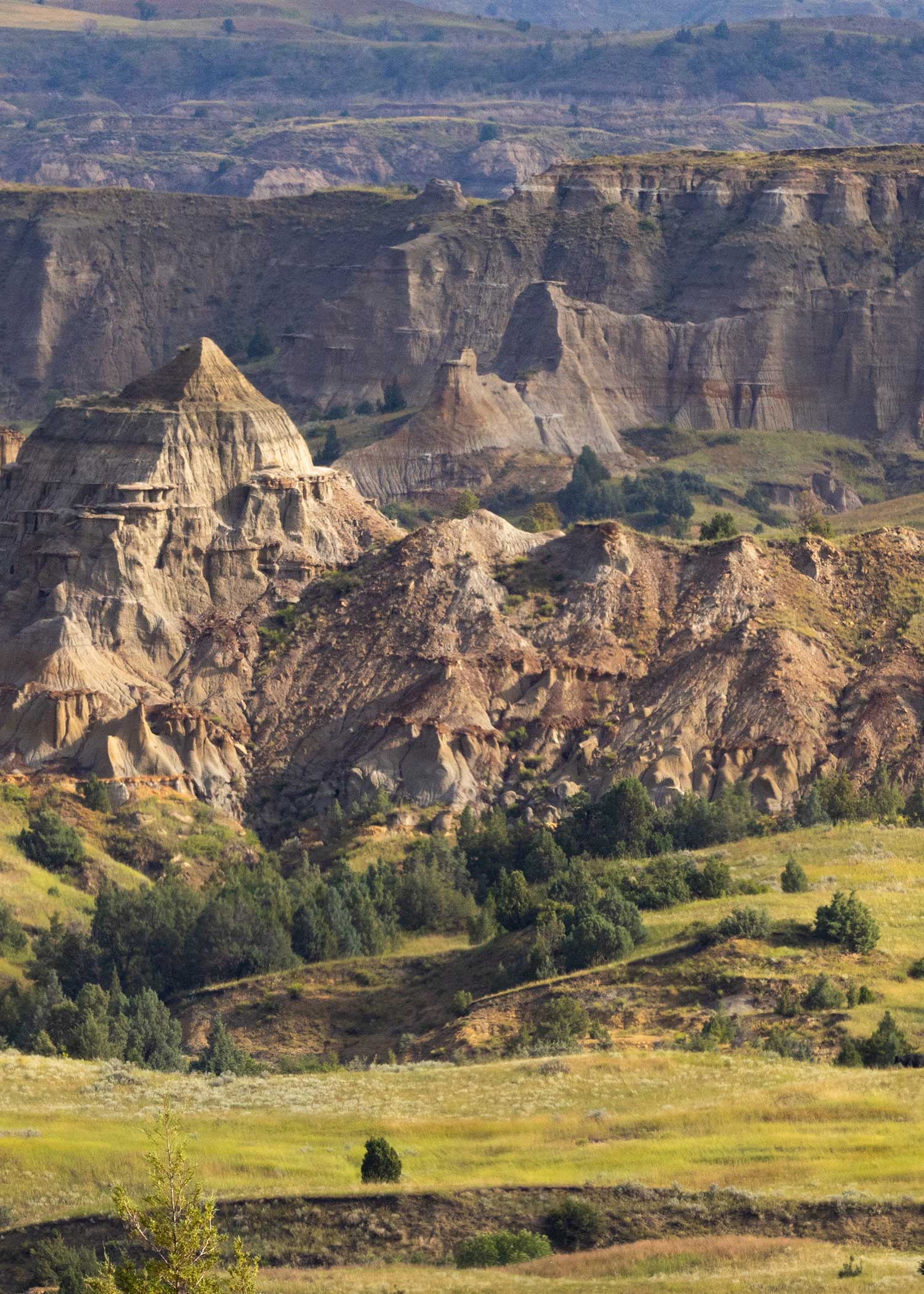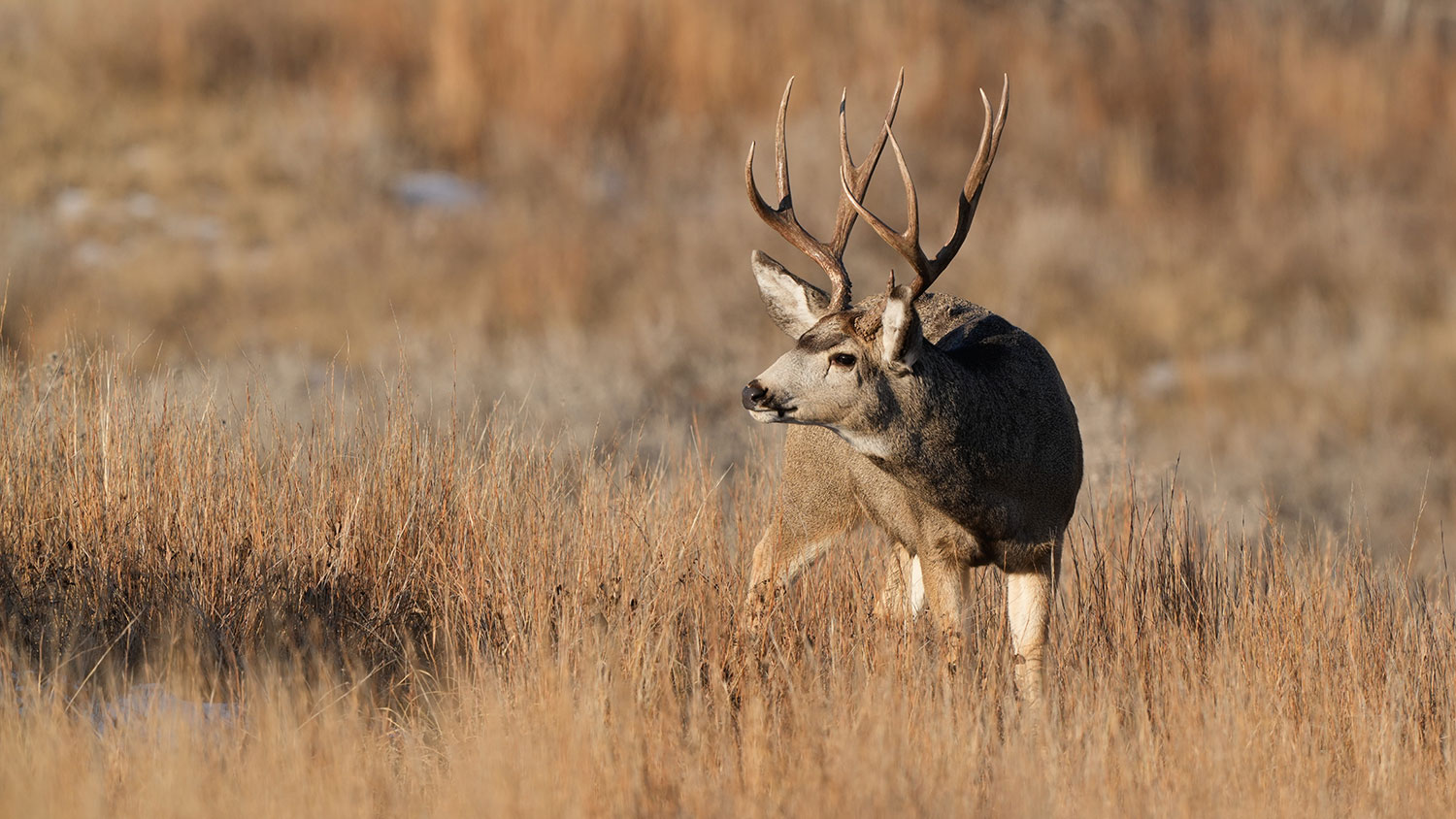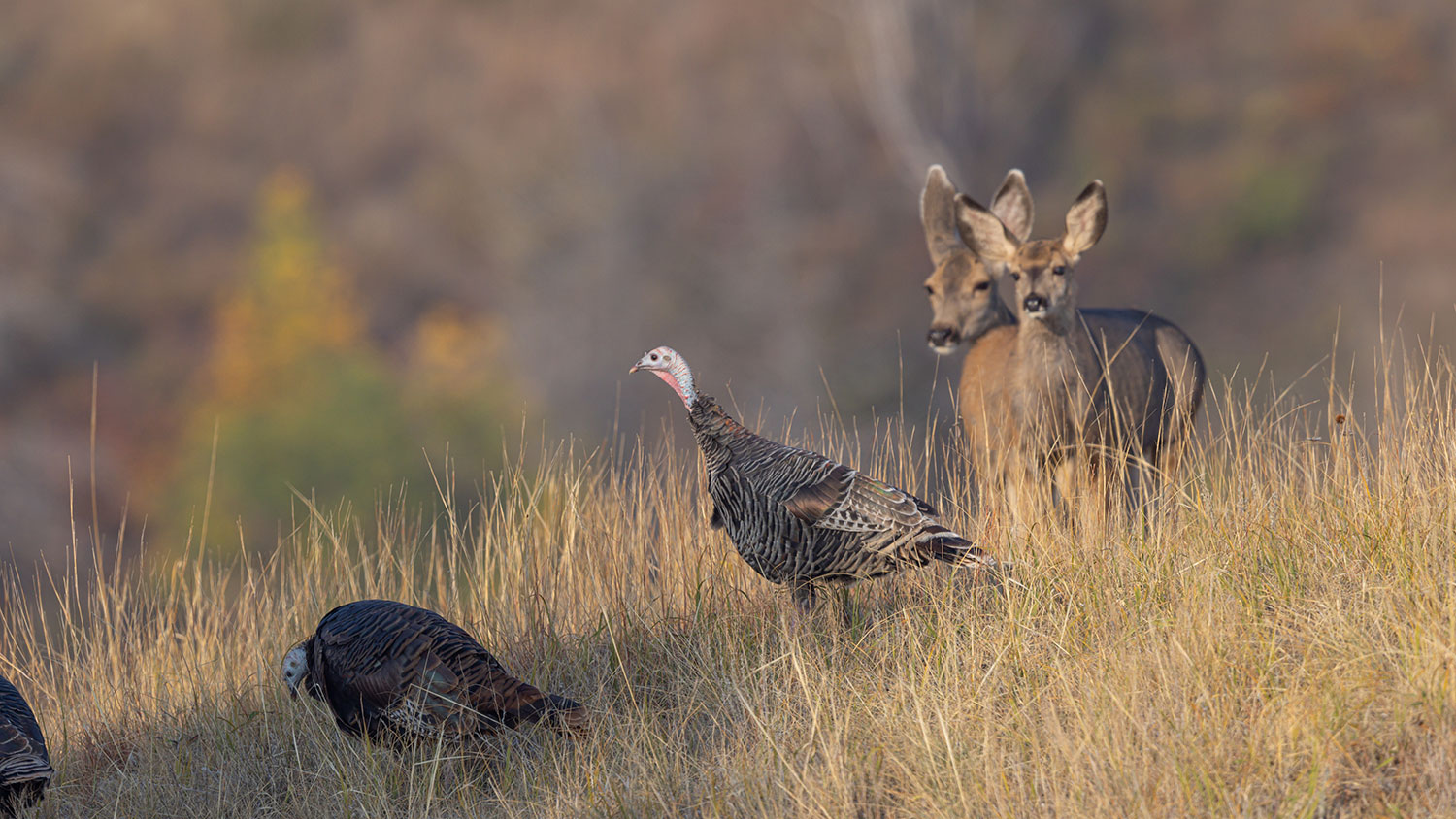An Issue of Loneliness
Cayla Bendel

“The farther one gets into wilderness, the greater is the attraction of its lonely freedom,” according to Theodore Roosevelt.
It’s no secret the badlands of North Dakota had a profound impact on the eventual president.
What is surprising is that over a century later, that same landscape is still making people feel the exact same way; wild, unplugged, small and, as Roosevelt said, lonely.
It’s something we don’t get to feel in our fast-pace daily lives and so we savor it, and we flock to it in summer with campers and mountain bikes, and in fall with bows and rifles.
The conundrum, increasingly with many wild places, is how to manage access to these beloved resources, while maintaining the opportunity to experience the “lonely freedom” so many of us crave.
The North Dakota Game and Fish Department was increasingly fielding concerns over just that as it pertains to deer hunting pressure in the badlands.
We heard complaints about not only negative experiences due to too many people, but also biological concerns about the pressure being put on wildlife, specifically mule deer.
And so, a task force was formed in 2023 to explore the issue further, consisting of Department staff, North Dakota Bowhunters Association and Backcountry Hunters and Anglers representatives, a badlands hunter, and a landowner.
In addition to taking a deep dive into hunter harvest survey data the Department already collects, the group also commissioned a Colorado-based consulting company to conduct a specific survey to achieve three objectives:
- Formally quantify hunting pressure in the badlands,
- understand hunters’ willingness to tolerate other hunters and
- determine which hunting regulation changes hunters are most amenable to.

Surveys were sent to regular gun season mule deer hunters, nonresident any deer bowhunters, bowhunters who reported hunting activity in the badlands, and hunters with a gratis license for any of North Dakota’s badlands hunting units.
Marathon, not a Sprint
Of all hunters surveyed, 68% did not agree that there was too much bowhunting pressure in the badlands.
Further, when asked if they were supportive of regulation changes to the bow season to reduce hunter congestion, 55% said no.
But of the 862 licenses allocated, only 97 of those were truly biologically allocated from the mule deer population in unit 4C.
Additionally, of the roughly 2,500 resident bowhunters who reported hunting in the badlands in the 2023 season, 811 reported spending time in unit 4C.
Whether due to the excess pressure, the unit also had comparatively low success rates to other badlands units with 9% for residents and 8% for nonresidents, the only badlands unit where resident success was higher.
Department biologists must account for some unknown bow harvest when making rifle tag allocations, but it is clear that effort and harvest are not evenly distributed across the badlands.
Path Forward
The group discussed several potential changes to address some of these issues.
The most agreeable changes were realigning nonresident any deer bow license numbers to 15% of the current year’s mule deer gun licenses (rather than the previous year’s), which would have to be done legislatively, and the possibility of somehow unitizing or zoning nonresident bowhunters.
Other actions debated were a delayed nonresident archery opener, closure of archery season during the deer gun season, and development of biological thresholds to determine seasons and license limitations.
Further discussion and public input will be had if anything is implemented at all.
Regardless, the Department has a sound understanding of badlands hunters and a dataset to compare changes moving forward should the issue begin to worsen or resolve.
Real Solution
Of course, we would be remiss to not mention that habitat will always be the equalizer in any wildlife issue.
In a time where CRP acres were at their peak, so were deer populations, deer tags and deer hunters.
There were fewer unsuccessful applicants turning to the bow and plenty of deer for all.
Populations are always more resilient and quicker to rebound from tough winters and disease outbreaks when quality habitat is abundant.
Thus, the Department continues to remain steadfast to its mission to protect, conserve and enhance wildlife habitat while also exploring options for additional badlands hunting access.
Whether with a bow or a rifle (or a shotgun for sharp-tailed grouse), may you find time this fall to get lost in one of the most unique landscapes we’re so fortunate to have in our back yard.
And if you do run across another hunter, recreationist or rancher, may you smile and wave, acknowledging our shared love for the badlands and its inhabitants.


